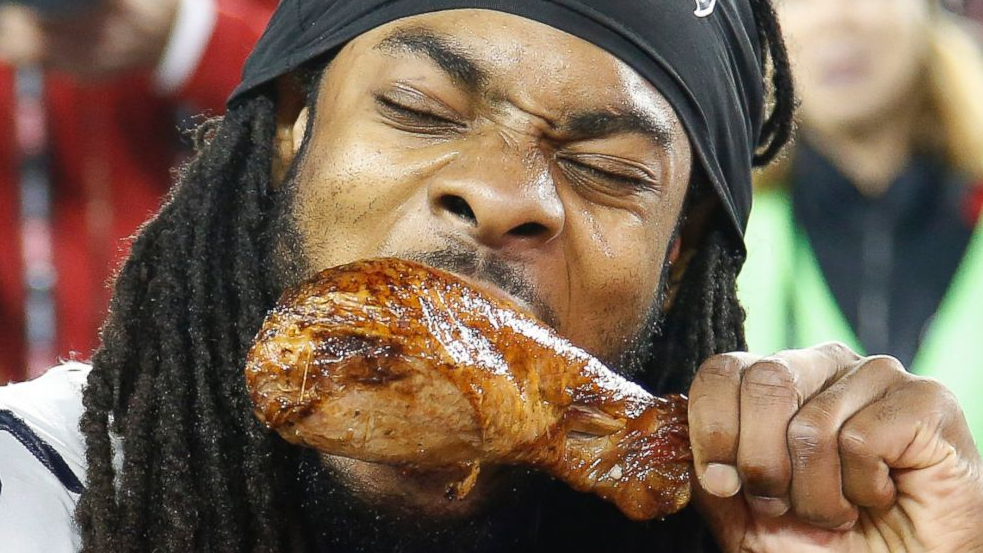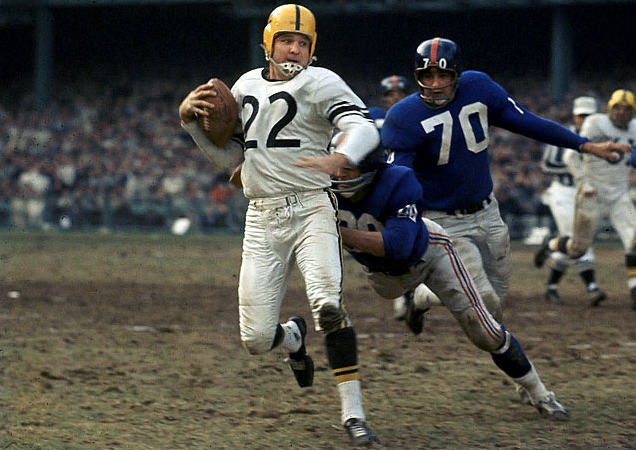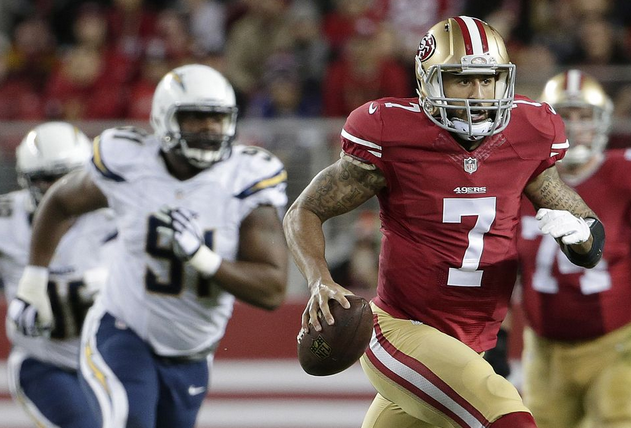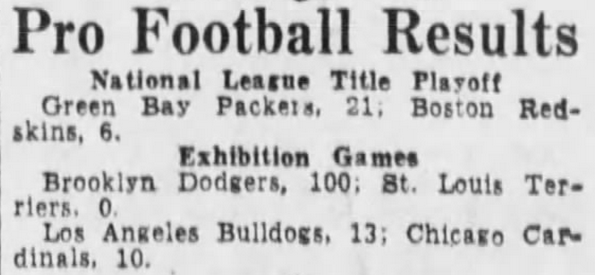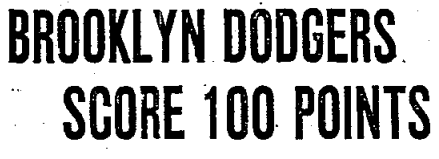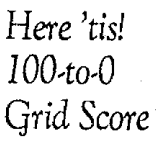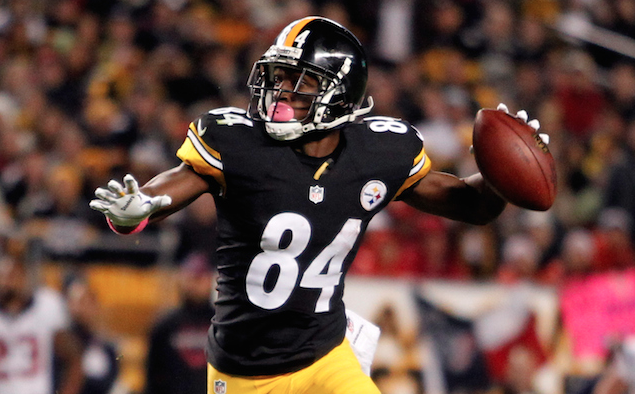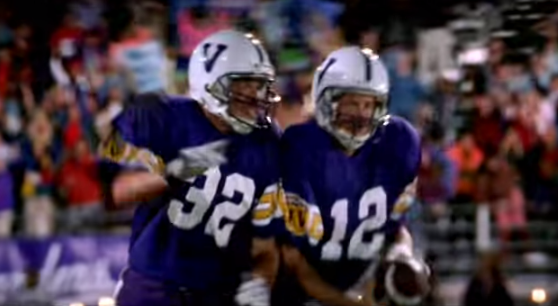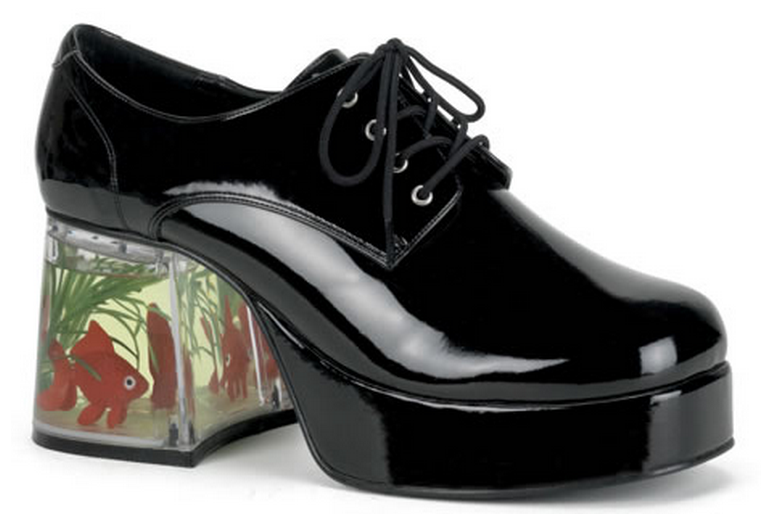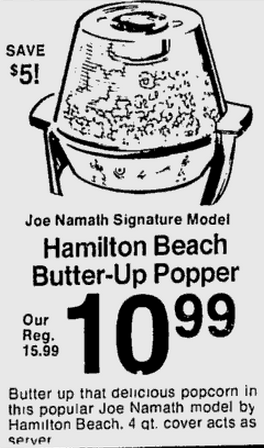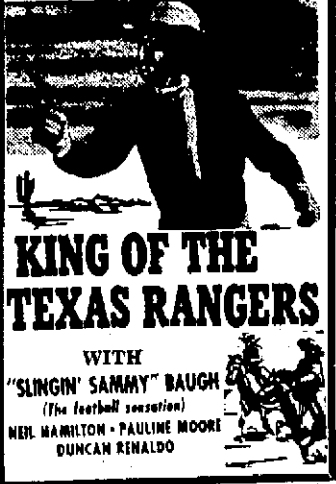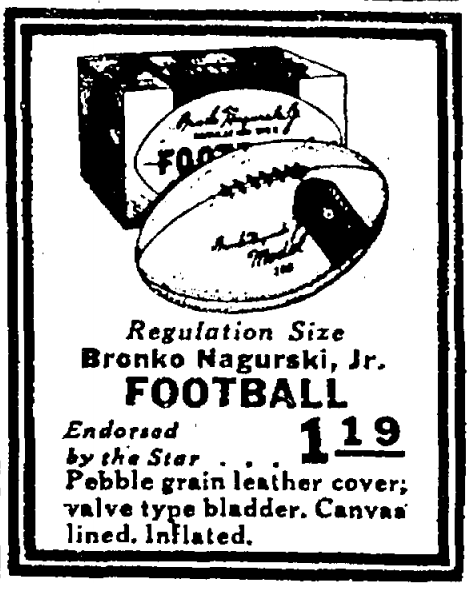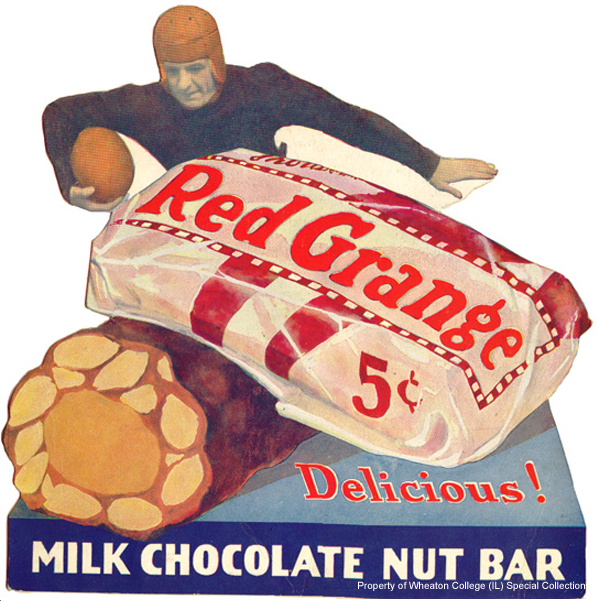Richard Sherman, the Seahawks’ ballhawk/cornerback, intercepted another pass in Sunday night’s 35-6 win over the Cardinals. That gives him 24 in his first four seasons (with a game to go), tying him for third most since the 1970 merger. Here’s where he falls on the list:
MOST INTERCEPTIONS, FIRST FOUR SEASONS (SINCE 1970)
| Years | Defensive back, Team | Int |
|---|---|---|
| 1977-80 | Lester Hayes, Raiders | 25 |
| 1981-84 | Everson Walls, Cowboys | 25 |
| 1981-84 | Kenny Easley, Seahawks | 24 |
| 2011-14 | Richard Sherman, Seahawks | 24 |
| 1978-81 | John Harris, Seahawks | 22 |
| 1976-79 | Mike Haynes, Patriots | 22 |
| 1994-97 | Keith Lyle, Rams | 22 |
| 1988-91 | Erik McMillan, Jets | 22 |
| 2002-05 | Ed Reed, Ravens | 22 |
Sherman’s total is even more impressive when you consider how much lower interception rates are now (largely because of all the “adjustments” the NFL has made in the rules). In Lester Hayes’ first four seasons, 5.03 percent of all passes were picked off. In Sherman’s first four, 2.71 percent have been. Big difference.
When you look at it that way, Sherman has had the best first four seasons, interception-wise, of any defensive back in the last 45 years. His 24 INTs represent 1.26 percent of all picks from 2011 to 2014:
BEST INTERCEPTION PERCENTAGE, FIRST FOUR SEASONS (SINCE 1970)
| Years | Defensive back, Team | Int | League INT | % |
|---|---|---|---|---|
| 2011-14 | Richard Sherman, Seahawks | 24 | 1,899 | 1.26 |
| 1981-84 | Everson Walls, Cowboys | 25 | 2,162 | 1.16 |
| 1981-84 | Kenny Easley, Seahawks | 24 | 2,162 | 1.11 |
| 1994-97 | Keith Lyle, Rams | 22 | 2,007 | 1.10 |
| 1992-95 | Darren Perry, Steelers | 21 | 1,974 | 1.06 |
| 1988-91 | Erik McMillan, Jets | 22 | 2,080 | 1.06 |
| 2002-05 | Ed Reed, Ravens | 22 | 2,096 | 1.05 |
| 1977-80 | Lester Hayes, Raiders | 25 | 2,425 | 1.03 |
| 1991-94 | Aeneas Williams, Cardinals | 20 | 1,950 | 1.03 |
| 1988-91 | Eric Allen, Eagles | 21 | 2,080 | 1.01 |
| 1997-00 | Sam Madison, Dolphins | 21 | 2,081 | 1.01 |
It might seem like we’re splitting hairs here, but note the gap between first (Sherman) and second (Walls) — 0.1 percent — is the biggest of all. (Next biggest: .05 percent between second and third.) The gap between top and bottom, meanwhile, is .25 percent. That’s a pretty sizable separation.
In other words, receivers may not be able to separate themselves from Sherman, but Sherman sure can separate himself from other DBs.
Source: pro-football-reference.com

